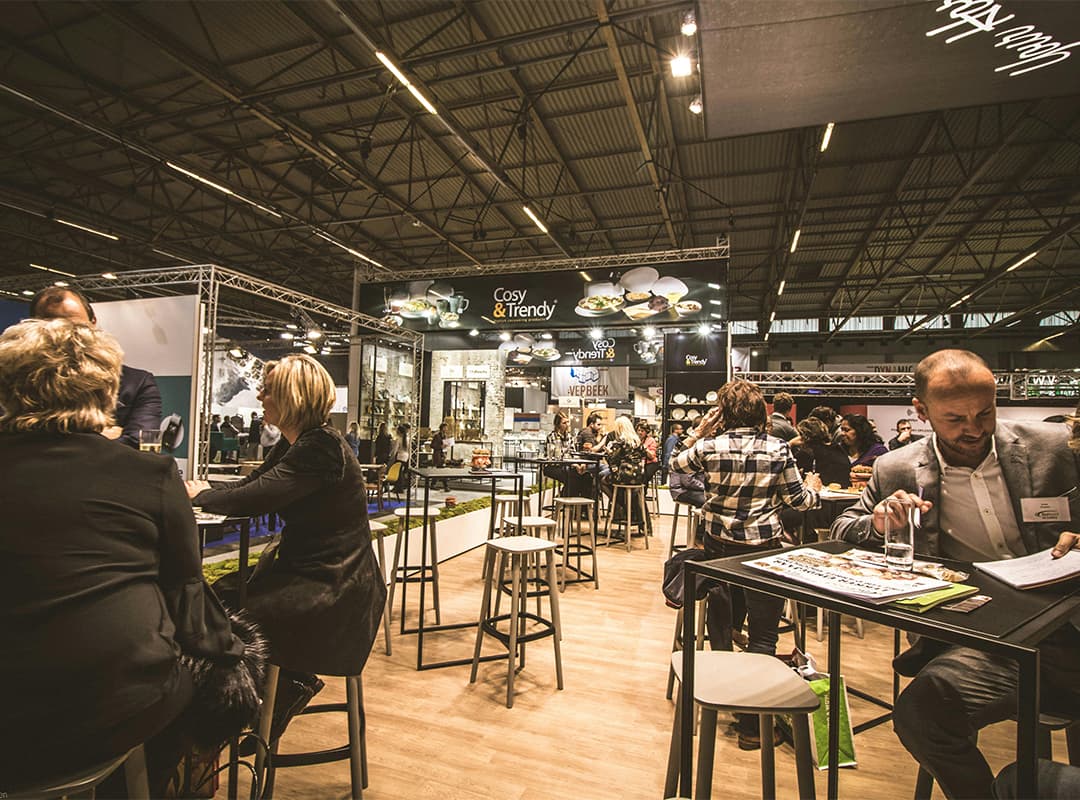Along with trips to congresses and exhibitions, business tourism includes incentive tours. The term “incentive” is interpreted as inducing, encouraging. This type of tourism means trips, which commercial companies reward their employees for high performance in work or motivate them to more productive work in the future, as well as holding seminars, meetings, conferences. There are two types of incentive tours: individual tours; traveling seminars, conferences, dealer schools.
The first incentive tour was conducted in 1910 in the USA by the National Cash Register Company of Danton. Agents and dealers of the company were rewarded with a free trip to New York for excellent results in work. The beginning of the regular use of incentive travel was started in the 60s of the twentieth century thanks to the beginning of civilian jet airplane flights.
Incentive tourism has several purposes:
- presentation and promotion of a new product or service;
- increasing productivity and quality;
- creation of dealer and agent network;
- formation of a loyal and cohesive team.
Depending on the objectives, three types of incentive pro grams are distinguished:
1) incentive programs;
2) motivational programs;
3) team building.
Incentive programs are the best means of rewarding employees, officers, senior executives, customers or dealers, the effect of which will last for a long time.
The distinctive feature of incentive programs is that they are designed exclusively for the individual customer. These tours involve high-class accommodation and service on the route.
The total annual turnover of European incentive tourism is 4.5 billion dollars.
The beginning of the use of trips in the form of incentives for success in the work was laid in the 60’s of XX century in the United States. Unlike other types of tourism, which, before being formalized, became the property of many countries in different regions of the world, incentive tourism did not leave the New World for quite a long time. Only in 1970-1980s, with the expansion of the flow of premium tourists from America to the old continent, it covered Europe, and then was borrowed by Asia. It was at this time that five-star hotels began to be specifically built in Europe and Asia.
The geography of incentive tourism has not changed much since then. The USA is still the main “supplier” of premium tourists. They account for 60% of incentive trips to Europe. The popularity of incentive tours in the U.S. is evidenced by the outstripping growth of U.S. companies’ expenditures on incentive tourism compared to the cost of material incentives for employees. The duration of incentive tours is increasing. Preferred destinations for incentive tours from the U.S. are Mexico, the United Kingdom, Asia and the Pacific Rim.
So, in incentive tourism about 80% of trips are to Europe, 10% – to the U.S., 6% – to the countries of Southeast Asia, 4% – to other destinations. France, Spain, Switzerland, Austria, Cyprus, the USA and the Caribbean islands are at the top of the ranking of incentive destinations for European tourists.
Travel rewards are becoming increasingly common in Europe. Practice shows that incentive tours are the best stimulant to labor compared to any consumer product. In Great Britain they account for 2/5 of the total amount of expenditures of firms on remuneration of their employees, in France and Germany – almost half. Incentive tours range in cost from $500 to $1,500 per person or even higher, and in duration from three to seven days. The routes of incentive trips lie mainly in the territory of European countries: France, Spain, Switzerland, Austria, Cyprus, as well as the United States and the Caribbean islands.
According to the European Association for Incentive Tourism, among the main countries – suppliers of incentive tourists are still leading the USA (about 60%), Great Britain (20%) and Germany (11%). Incentive networking from Japan has grown in recent years.
Group travel remains the dominant segment of the incentive tourism market, despite a decline in its share since the early 1980s. The number of tourists in an incentive group can range from a few to 100 people or more. In half of the groups the number of tourists does not exceed 10 people. Incentive groups are made up of company executives, middle and senior management, and ordinary consumers, such as regular customers. Incentive groups include executive staff (31%), sales managers (20%), consumers (26%), agents and distributors (14%).
In the simplest case, an incentive tour is a standard tour with accommodation in a four- or five-star hotel and a rich sightseeing program. Such standard programs, strangely enough, most of all ordered by American tourists. There is another kind of incentive, when the program of the trip is built in accordance with the main idea. As a rule, incentive operators offer a choice of 20-30 programs for each country. It can be a golf tournament for an incentive group in a country club, a hot air balloon ride, a picnic on an alpine peak, a cruise with music and dance evenings, a drinking or gastronomic tour.
Experts note that incentive tourism has a great future. In the XXI century it will become the main form of incentives for employees in the leading sectors of the world economy.



